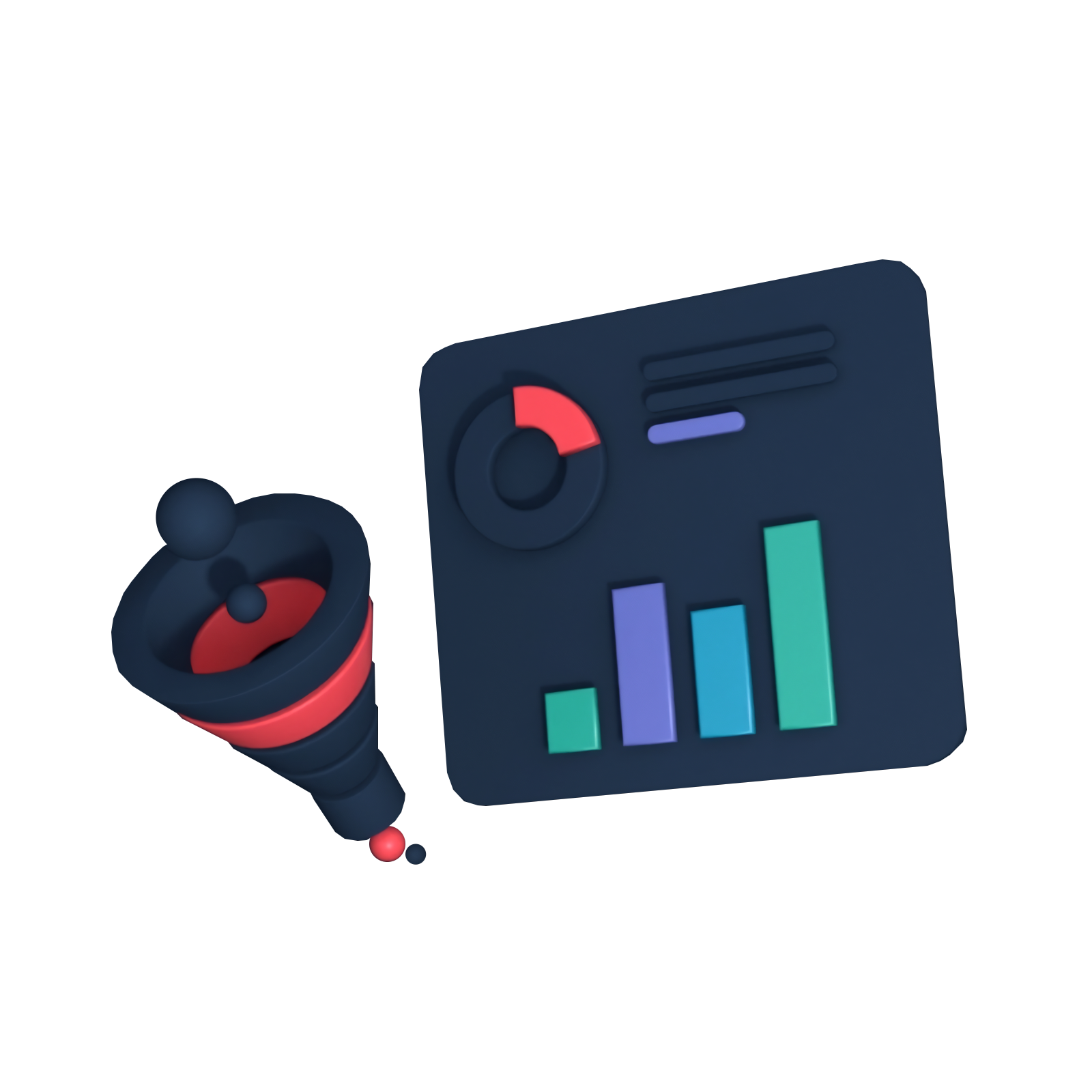You're looking to onboard HubSpot Sales Hub, but you're not sure who on your team should have a sales seat. MC Bort, VP, Sales, at Huble Digital USA, provides the low down on who in your team should have a sales seat when you're thinking about deploying HubSpot.
A question we often get asked when prospects buy HubSpot Sales Hub is: how do I know who on my team needs a sales seat in HubSpot?
Now, the short answer is that anyone who is directly involved in the sales process - managing deals, prospecting, closing business - should have access to a sales seat.
That’s because, not only does HubSpot have an amazing set of sales tools (sequences, meetings, email templates, integrations, etc.) that will improve your entire sales process, but all your sales reps need to be aligned and looking at the same data set for the tools to be successful.
Read our comparison: HubSpot Sales Hub Enterprise VS Salesforce Sales Cloud
Depending on the size of your organisation, there's a couple of factors to think about when figuring out who to give one of those paid seats to on your sales team:
-
Larger organisations: For larger organisations, you generally have a lot of people who need access to a seat because you have a lot of different teams - such as BDRs, SDRs, Account Executives, Sales Executives, Sales Directors and Leadership.
-
Smaller organisations: If you're a smaller organisation or just getting started, then there may be just two or three people that need a sales seat at your company. You may not necessarily be a real sales team yet and that's okay – you can keep the number small and increase seats as you grow.
-
Start-up: If you're a startup and you're the founder, you're wearing a lot of different hats. You might be responsible for both sales and marketing so only need to one seat to start you off.
Essentially, for any size company, you want to figure out who in your business is most responsible for managing leads, managing deals, closing new customers, then assign those people a sales seat.
What can you do with a sales seat?
Once you have a paid subscription to HubSpot and you have a Sales Hub Professional or a Sales Hub Enterprise license, there's a lot more exciting things that you can do within the platform to help automate a lot of the day-to-day tasks for your sales reps.
Check out our blog for how to evaluate partners for your sales enterprise roll out here.
These features include:
-
Sales sequences: build out sales sequences that your sales reps should be following and enrolling contacts in
-
Workflows: build in a lot of automation– from day-to-day tasks to data management
-
Automatic email scheduling: simply set the cadence at which time they should be sent
-
Contact or company tokens: easily personlise your emails with data pulled from your CRM
-
Email placeholders: make sure that your sales reps are sending out relevant content
-
Task scheduling: assign tasks throughout those sequences - phone calls, LinkedIn connection requests, LinkedIn messaging
-
Email integrations: easily integrate your Outlook or G-Suite with HubSpot so any emails sent to prospects or clients are automatically recorded on the contact record
-
Email alerts: automatically be notified when a prospect opens up your email so you can reach out straight away
-
Video creation
-
Custom Reporting and Dashboard: easily analyse all sales activity so you can see how effective your sales reps are being and how it contributes to your bottom line
For more on HubSpot tools, be sure to read our blog Five HubSpot Sales tools to enable your sales team.
For more information on HubSpot sales seats or for any questions related to HubSpot Sales Hub, feel free to book a meeting with us for a chat here.










-3.png?width=500&height=320&name=Matt%20-%20imagery%20bank%20(8)-3.png)

